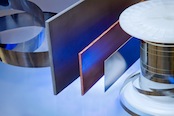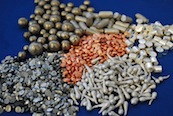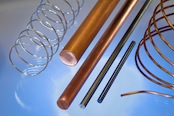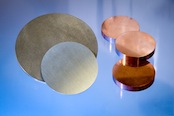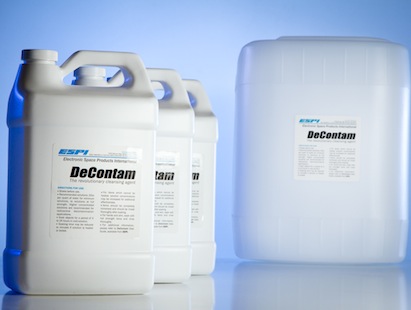Tungsten-Copper- Machining
The principal Tungsten/Copper alloys contain from 2% to 45% copper by weight. The addition of copper increases the thermal conductivity of the alloy while reducing the hardness and modulus of rupture.
The machining and grinding characteristics of tungsten/copper alloys are similar to those of hard grey cast iron. Being non-porous, standard water soluble coolants may be used if desired, but are not required. Each machine shop usually has its individual machining or grinding practice and, therefore, the information presented should be considered as a guide only.
Tool: Carballoy, grade 883 or equivalent. Grind tools with 0 deg. rake, 8-12 deg. clearance, and .010" to .025" nose radius. The nose radius can increase with the size of the work. For fine finish, stone small flat on tool parallel to work. Suggest resting stone on work when honing tool.
Turning & Boring: Roughing, approximately .030" deep and .020" per revolution feed. Finishing, .002" to.005" depth of cut and .001" to .002" per revolution feed. Turning speed, 300-500 surface feet per minute. Do not use lubricant or coolant.
Shaping: Tool Speed: 43" per minute for Tungsten-Copper 25% alloy.
Depth of Cut: .030"
Feed: .020" per stroke
Milling: Drilling High Speed steel drills and taps may be used.
Through Tapping: Holes are recommended. Material must be firmly held. Hand feed-lubricant and cutting oil acceptable.
Rough Grinding: Is best done with 80 grit resin bonded wheels of medium hardness; .015" per pass on Tungsten-Copper 25% alloy. Use water or water soluble oil coolant.
Joining: Material may be silver brazed, or copper brazed in a hydrogen atmosphere.
We hope the preceding information will be helpful.

 ALLOYS
ALLOYS 
